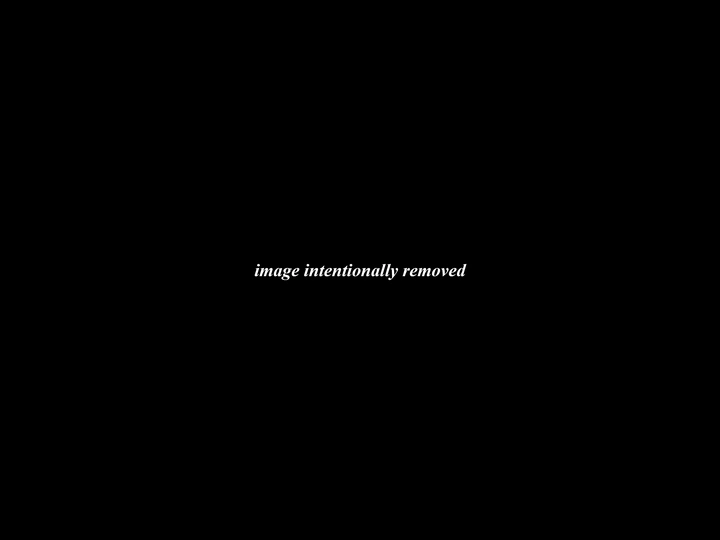The Spatial Production of Life and Death

Ahmad Darkhabani is an architect, independent curator, researcher, and writer originally from Damascus, Syria. He is currently based in Graz, Austria, where he teaches as a Lecturer at the Institute for Contemporary Art (IZK) within the Faculty of Architecture at Graz University of Technology. Additionally, he works with the Art & Architecture Education & Mediation Department at the Universalmuseum Joanneum, which includes Kunsthaus Graz and Neue Galerie Graz.
In his curatorial practice, Darkhabani collaborates with artists to examine the fragility of reality and life. His work focuses on the cultural constructs that uphold the governance structures established by the political machine. From this standpoint, his practice challenges our understanding of a world shaped by oppressive policies and imaginary binaries– such as East and West, Local and International, Center and Periphery.
Grounded in Critical Theory, Darkhabani's academic research explores the intersection of contemporary art and architecture, focusing on their role in constructing reality and the social sphere. Drawing on critical genealogy and postcolonial theory, he argues that architecture is not merely a passive backdrop but an active participant in shaping societal structures.
Darkhabani co-curated several exhibitions at the Grazer Kunstverein, including The Actress by Aimée Zito Lema and Becket MWN, The Elder Poem by Elisabeth von Samsonow, and Cameo by Bianca Baldi (2021). He was also a member of the curatorial collective Das Gesellschaftliche Ding at Annenstraße 53. His essays have appeared in GAT: Magazine for Architecture, Art, and Cultural Critique under the title “How Deep Must We Dig to See the Invisible? On the Obscure Exercise of Power” and on the Al-Jumhuriya platform as “On the Necessity of Art: A Call for Artistic Revival in Post-Assad Syria.”
The relationship between architecture and the social is a continuous, reciprocal construction. Architects play a pivotal role in the political process of world-building, designing realities where power is staged and materialized. As an embodiment of ideology and authority, architecture weaves the associations that assemble societies and sustain power dynamics. Eventually, the realities forged by specific architectural interventions –economic, legal, ideological, and colonial– turn into the mediums through which all forms of violence and inequality among communities are realized, rationalized, and perpetuated.
The proposal argues that architecture is not merely a passive backdrop, but an active participant in shaping societal structures. It builds on the research I conducted at (IZK) Institute for Contemporary Art, Faculty of Architecture, Graz University of Technology, where I examined two spatial configurations metaphorically called the White Cube and the Black Box, referring to the contemporary art exhibition space and the prison, respectively.
Grounded in Critical Theory –specifically critical genealogy and postcolonial theory– my proposal is explored through various theoretical and philosophical frameworks, including biopolitics (Michel Foucault), livability and precarious life (Judith Butler), necropolitics (Achille Mbembe), and bare life (Giorgio Agamben).
Using writing and exhibition-making as research methodologies, my proposal will offer a critical reading of architecture as an instrument of state power used to impose discipline, regulate societies, and reinforce class distinctions. It investigates how spatial strategies of governance operate simultaneously to construct the modern subject and maintain ideological violence.